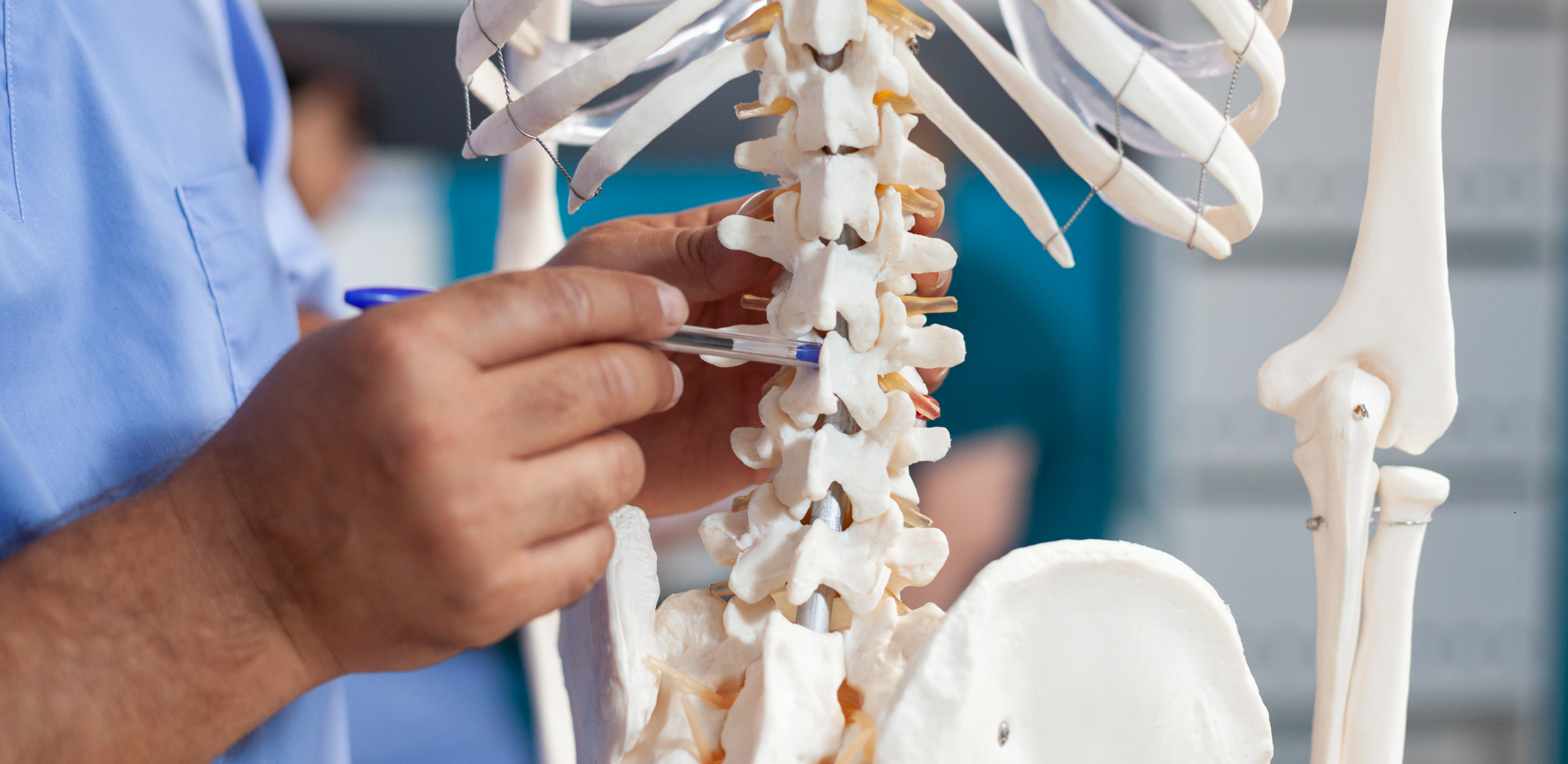
Spinal Vascular Diseases and Surgery
Atasam Hospital's Spinal Vascular Diseases and Surgery Department offers specialized care for spinal vascular conditions. These conditions affect blood flow within the spinal cord and can lead to significant neurological issues.
Spinal Vascular Diseases and Surgery
Atasam Hospital’s Spinal Vascular Diseases and Surgery Department offers specialized care for spinal vascular conditions. These conditions affect blood flow within the spinal cord and can lead to significant neurological issues. Utilizing the latest technologies and techniques, we provide comprehensive diagnosis, treatment, and follow-up care for spinal vascular diseases.
Types of Spinal Vascular Diseases
- Arteriovenous Malformation (AVM):
- Abnormal connections between arteries and veins in the spinal cord that can cause bleeding and disrupt spinal cord functions.
- Dural Arteriovenous Fistula (DAVF):
- An abnormal connection between arteries and veins in the dura mater of the spinal cord, which can disrupt normal blood flow and cause pressure and damage to the spinal cord.
- Spinal Aneurysm:
- Weakening and ballooning of an artery wall in the spinal cord. If ruptured, it can lead to severe bleeding and neurological problems.
Surgical Treatment Methods
- Microsurgery:
- AVM and DAVF: Abnormal vascular structures are removed or corrected using microsurgical techniques. Microsurgery offers high precision with a minimally invasive approach.
- Aneurysm Clipping: A small metal clip is placed at the neck of the aneurysm to stop blood flow and prevent rupture.
- Endovascular Surgery:
- Embolization: Abnormal blood vessels are accessed via catheter with the aid of angiography and sealed with embolic materials. This minimally invasive technique is often preferred.
- Stent Placement: Stents are used to treat aneurysms or narrowings in spinal blood vessels, keeping the vessels open and maintaining regular blood flow.
Surgical Process and Postoperative Care
- Diagnosis and Evaluation:
- Clinical Examination: Detailed assessment of the patient’s symptoms and medical history.
- Imaging Techniques: Advanced imaging methods such as MRI, CT, and angiography are used to locate, size, and evaluate spinal vascular diseases.
- Surgical Intervention:
- Personalized Planning: Each patient’s condition is individually assessed to determine the most appropriate surgical method.
- Surgical Execution: Operations are performed by expert surgeons using modern surgical techniques.
- Postoperative Care:
- Intensive Care: Patients are monitored in the intensive care unit immediately after surgery.
- Rehabilitation: Necessary rehabilitation programs are implemented to speed up recovery and help patients return to their normal lives.
- Regular Follow-Up: Postoperative check-ups are conducted regularly to monitor the patient’s condition and plan additional treatments if needed.
Advantages and Risks
Advantages:
- Precision and Accuracy: Microsurgical and endovascular techniques provide high precision and accuracy.
- Shorter Recovery Time: Minimally invasive techniques help patients recover more quickly.
- Advanced Imaging: Accurate diagnosis and effective treatment planning using advanced imaging methods.
Risks:
- Infection: There is always a risk of infection in surgical procedures.
- Bleeding: Risk of bleeding during or after surgery.
- Neurological Complications: Potential for nerve damage and other neurological complications during spinal surgery.
Conclusion
Atasam Hospital’s Spinal Vascular Diseases and Surgery Department is dedicated to providing the highest quality healthcare using the most advanced techniques. Our expert team achieves successful outcomes in the diagnosis and treatment of spinal vascular diseases through personalized treatment plans and a multidisciplinary approach. We work meticulously to restore our patients’ health and improve their quality of life.
